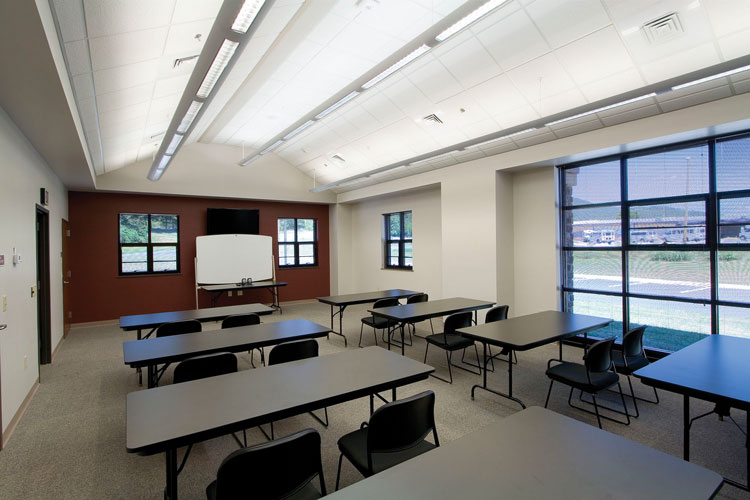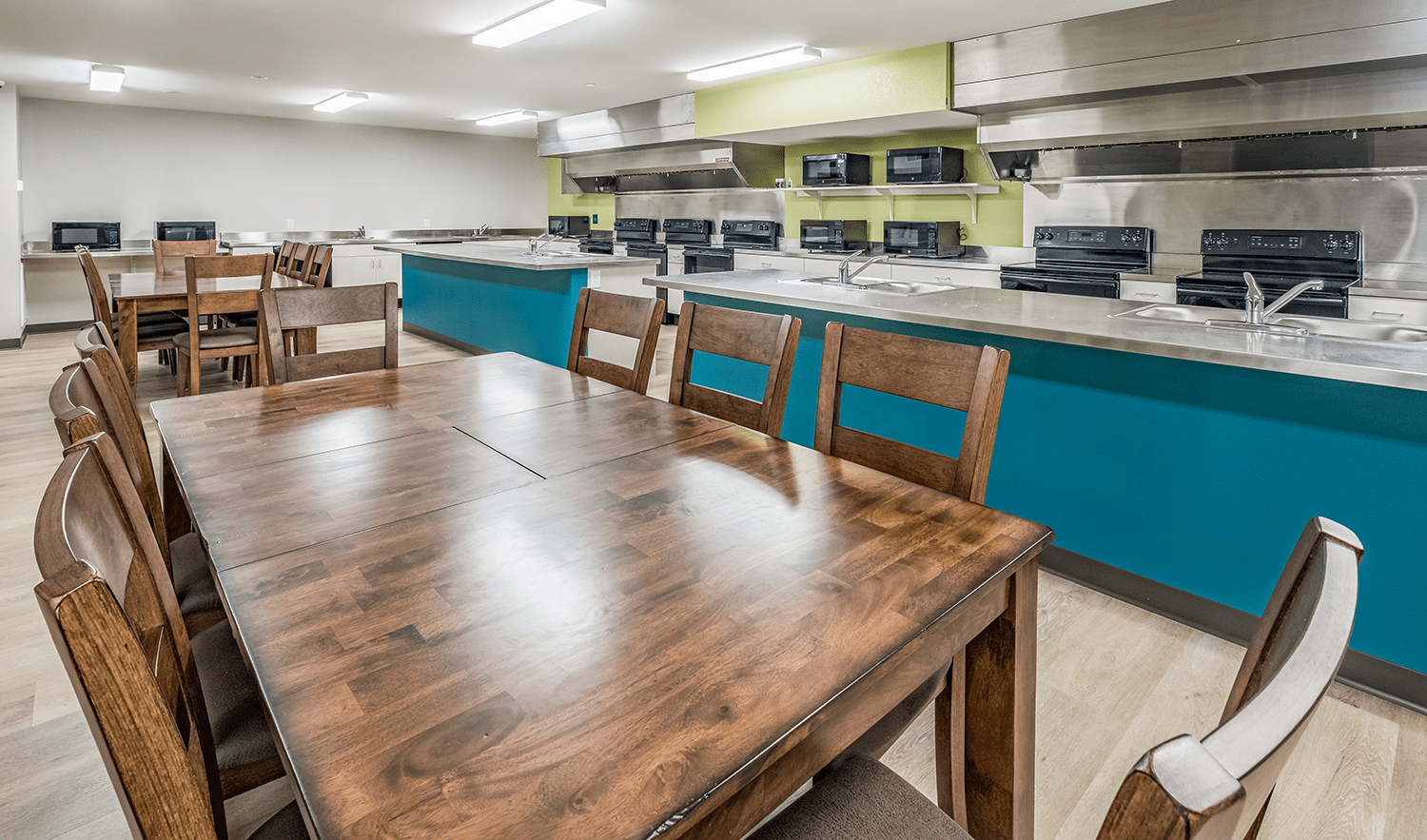Universities and colleges have a range of furniture needs to accommodate students, faculty, and staff in various settings. The furniture used in these settings is often functional, comfortable, and designed to foster learning and collaboration. Here are some examples:
- Classroom furniture: Classroom furniture typically includes desks or tables and chairs. Desks may be individual or shared, and chairs may be stackable or rolling for flexibility.
- Lecture hall furniture: Lecture halls may have fixed seating with attached writing surfaces, or they may have movable seating that can be rearranged for different types of lectures or events.
- Office furniture: Faculty and staff offices typically include a desk, chair, and storage cabinets. Office furniture may be adjustable to accommodate different work styles and preferences.
- Library furniture: Libraries may have a variety of furniture needs, including study carrels, reading tables, and lounge chairs. Furniture in libraries needs to be comfortable and conducive to studying and reading.
- Dining furniture: Universities and colleges may have dining halls or cafes that require furniture such as dining tables and chairs.
- Dormitory furniture: Dormitories typically include beds, dressers, and desks for each student. Furniture in dormitories needs to be durable and easy to maintain.
Overall, the furniture used in universities and colleges is designed to be functional, comfortable, and conducive to learning and collaboration. Classroom and lecture hall furniture needs to be flexible and adaptableto different teaching styles, while office furniture needs to be adjustable to accommodate different work preferences. Library furniture needs to be comfortable and conducive to studying and reading, while dining furniture needs to be practical and easy to clean. Dormitory furniture needs to be durable and easy to maintain, while also providing a comfortable living space for students. The furniture used in universities and colleges needs to be able to withstand heavy use and may be subject to specific safety requirements.








Leave A Comment